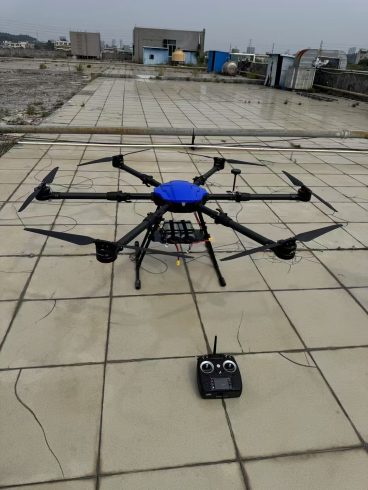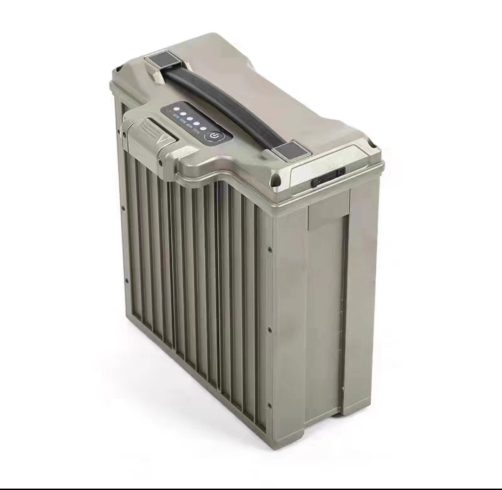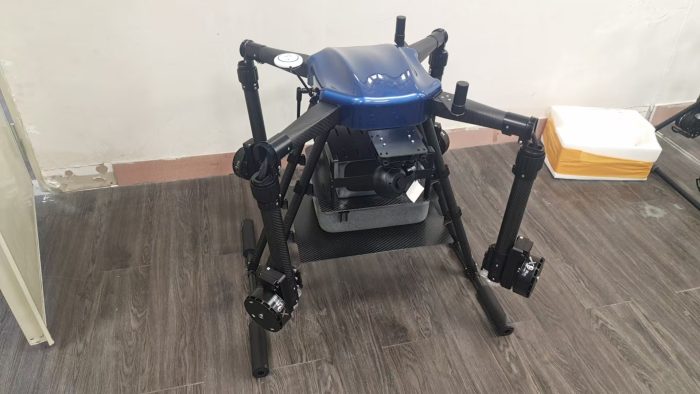![图片[1]-Drone Spraying for Weed Control: Precision, Efficiency, and Sustainability-msoen](https://www.msoen.com/wp-content/uploads/2025/04/54487bc6d4215007-768x1024.jpg)
Weed management is a critical challenge in agriculture, impacting crop yields and farm profitability. Traditional methods like manual labor or tractor-mounted sprayers are often time-consuming, resource-intensive, and environmentally harmful. Enter drone spraying—a cutting-edge solution that combines precision technology with eco-friendly practices to revolutionize weed control. This article explores how drones are transforming weed management, their key benefits, and practical considerations for implementation.
Why Drone Spraying is Ideal for Weed Control
Drones equipped with advanced spraying systems offer unparalleled advantages over conventional methods:
- Precision Targeting:
- Using multispectral imaging and AI algorithms, drones identify weed-infested areas with pinpoint accuracy. This minimizes chemical use by spraying only where needed, reducing waste and environmental impact.
- Example: A drone can detect invasive weeds in a soybean field and apply herbicide solely to those patches, sparing healthy crops.
- Accessibility:
- Drones navigate difficult terrains (e.g., steep slopes, wetlands, or dense crops) where tractors or manual sprayers struggle to operate.
- Time and Cost Efficiency:
- Cover large fields faster than manual labor—up to 20 acres per hour—while lowering labor and fuel costs.
- Environmental Sustainability:
- Reduce herbicide usage by 30–50%, preventing soil degradation and protecting pollinators.
- Enable organic farming by deploying bio-herbicides or mechanical weed-removal tools.
How Drone Spraying Works for Weed Management
Modern agricultural drones integrate multiple technologies to optimize weed control:
- Multispectral Sensors: Capture high-resolution images to distinguish weeds from crops based on chlorophyll levels and growth patterns.
- AI-Powered Weed Detection: Machine learning models analyze imagery to classify weed species and map their locations.
- Variable Rate Technology (VRT): Adjust spray volume in real-time based on weed density and type.
- Ultrasonic Sprayers: Generate fine droplets (50–200 microns) for uniform coverage while minimizing drift.
Step-by-Step Process:
- Field Scanning: Drones survey the area to create a weed distribution map.
- Data Analysis: Software identifies weed hotspots and calculates required chemical dosage.
- Targeted Spraying: Drones autonomously apply herbicides or organic solutions to designated zones.
Key Challenges and Solutions
While drone spraying offers immense potential, addressing these challenges ensures success:
- Regulatory Compliance:
- Many regions restrict drone spraying of chemicals.
- Solution: Stay updated on local regulations and obtain necessary permits.
- Battery Limitations:
- Limited flight time (15–30 minutes per charge) can hinder large-scale operations.
- Solution: Use swappable batteries or hybrid drones with extended endurance.
- Weather Dependency:
- Wind, rain, or extreme temperatures affect spray accuracy and drone performance.
- Solution: Schedule operations during calm, dry weather windows.
- Initial Investment:
- High upfront costs for drones, sensors, and software.
- Solution: Explore leasing options or government subsidies for agri-tech adoption.
Future Trends in Drone-Based Weed Control
- AI-Driven Weed Recognition:
- Enhanced algorithms will differentiate between crop seedlings and weeds with over 95% accuracy.
- Swarm Technology:
- Fleets of drones collaborating to cover vast fields simultaneously.
- Non-Chemical Alternatives:
- Laser weeding, microwave treatment, or robotic cutting tools integrated into drones.
- Real-Time Soil Health Monitoring:
- Drones will assess soil conditions to recommend weed-control strategies aligned with ecosystem health.
Implementing Drone Spraying: Best Practices
- Start Small: Test drones on a pilot plot to refine workflows.
- Train Operators: Ensure pilots understand both drone mechanics and agronomy.
- Monitor Results: Use post-spray imaging to evaluate weed suppression and adjust future applications.
Conclusion
Drone spraying is redefining weed control by merging precision agriculture with sustainable practices. Its ability to target weeds efficiently, reduce chemical reliance, and operate in challenging environments makes it indispensable for modern farming. As technology advances, drones will become even smarter, faster, and more accessible, empowering farmers to combat weeds while safeguarding crop health and the planet.
Keywords: drone spraying for weed control, precision weed management, agricultural drone technology, sustainable weed control, AI in agriculture












暂无评论内容